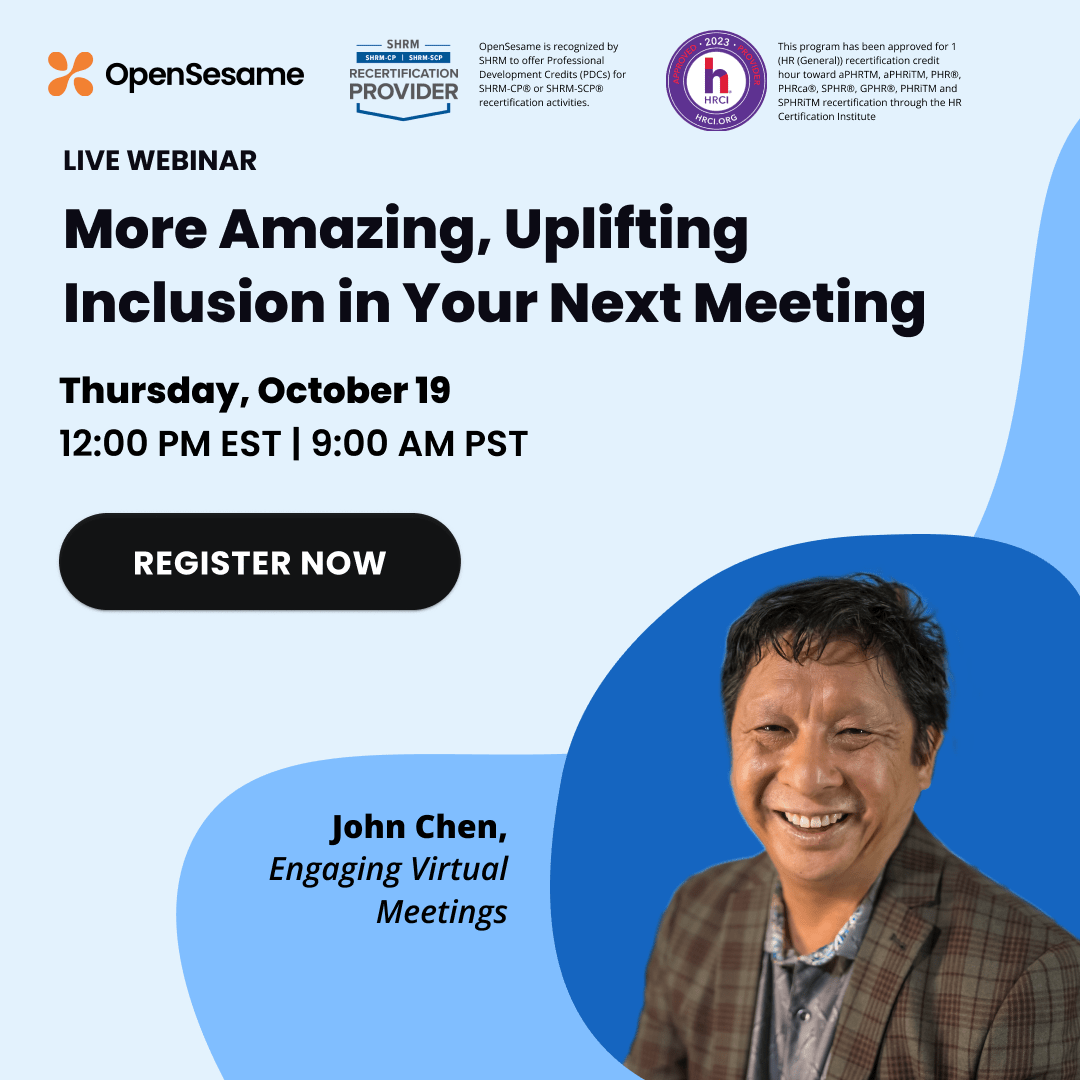How AI can assist in curation
In a recent podcast hosted by Rachel Cooke of the Brandon Hall Group, Diane Haines, VP of Marketing for OpenSesame and Stephen Sklarew, CEO/Co-Founder of Synaptiq, discussed curation and machine learning. Both Diane and Stephen come from extensive backgrounds in data usage and offered some great insights into how AI can assist in curation.
How is AI and Machine Learning Affecting Business?
It’s all about data. AI is making it easier to better utilize human capabilities by automating the nitty-gritty and monotonous tasks of data collection and data pooling, therefore allowing humans to take on larger roles. For this reason, people shouldn’t buy into the idea of AI taking jobs away from humans
Success Seen With AI in Business
One example is Caterpillar and their use of Natural Language Processing (NLP). By using NLP, Caterpillar technicians are able to see maintenance records on machines from all over the world that give insights as to what processes work best in repairs and what processes don’t work or can be skipped. Just-in-time training (JIT) is also a great example of success with AI in business. IBM uses JIT with new hires to train them on first-time tasks they will run into on the job such as how to conduct a meeting at IBM.
Best Practices for AI/Machine Learning Implementation
Companies often throw their hands up after the first attempt at implementing an AI program. These are the keys to getting started:
-
- Know your data, know your data, know your data
- Start with a smaller, decisive problem that focuses on one of your organizations main business objectives
- Don’t try to tackle all the problems at once; this is what will lead organizations to get analysis-paralysis and give up on AI use
- Make sure you are using the right data, and don’t put a time constraint on how long you think it should take to solve the first time
- Don’t expect anything the first time running AI because your expectations will never meet the results
- Don’t be discouraged by 50%-60% accuracy results
What are challenges companies and people should be aware of?
Even in an era where everyone is trying to be a data scientist or engineer, it’s still not easy to find the talent you are looking for. Not all data scientists are created equal. People know more about different aspects of data than others, or sometimes it’s not even a data scientist you need, but a mathematician. In addition, making sure you have the data in the right format is key to avoiding frustration.
What do you see coming in the future that young professionals and students should be aware of?
-
- Right now in the workforce, there are two groups. An older generation who is working longer and harder hours with skills that need to be re-skilled or up-skilled. The other is a younger group who thinks they shouldn’t have to do “grunt work”. This means that going forward, training is going to have to be and is already more of a menu style, with options about how you want to learn, what you want to learn, and how much you want to learn. In other words, “optimizing learning how to learn” is something to be aware of.
- Embrace AI and machine learning now before you get left behind. As AI advances, it will become increasingly difficult to play catch-up when you finally decide to go with it.
Check out the full podcast below to learn more about AI and how it can help your organization.
Also, make sure to check out our summary blog about our webinar with Brandon Hall Group, Machines as Curators to find out more about AI and machine learning and how it can become your greatest asset in content curation.
The post How AI can assist in curation appeared first on OpenSesame.





